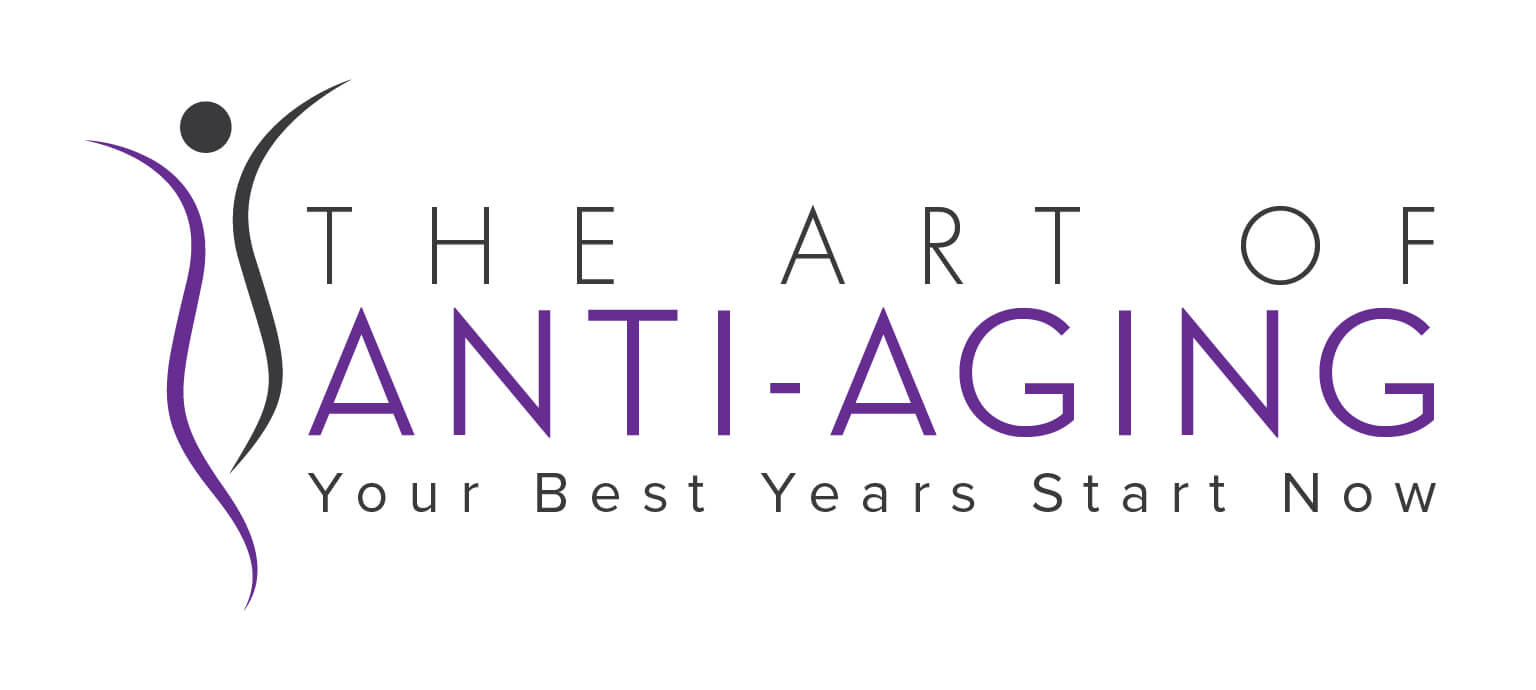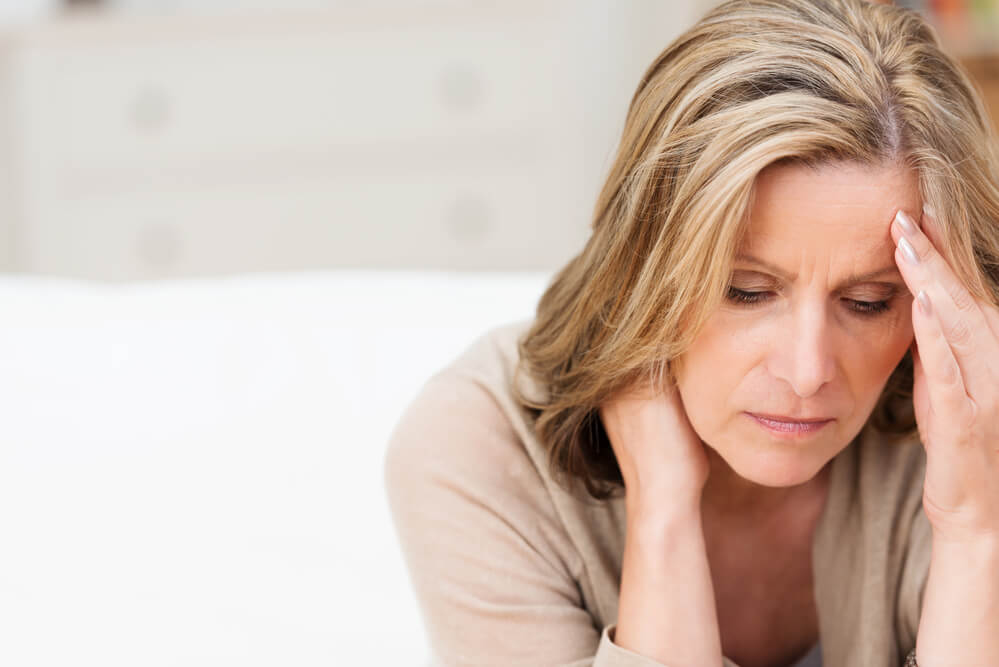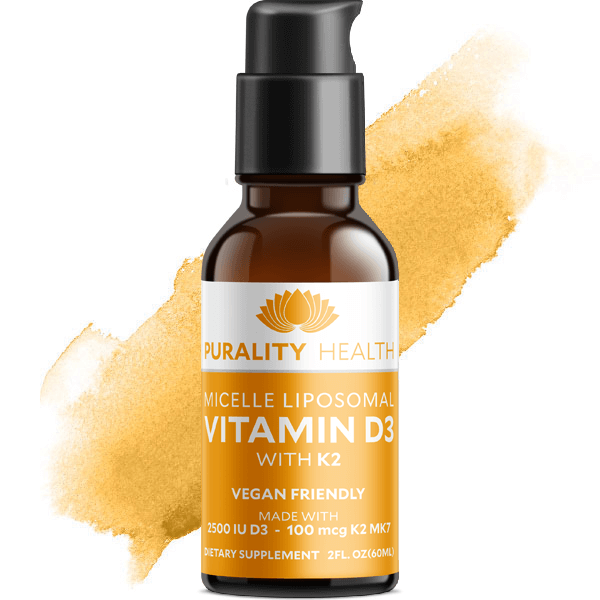Seasonal affective disorder (SAD), also known as “winter depression,” is a serious condition that affects many people each year.
Milder forms of SAD are often just called “the winter blues,” but if you’ve ever experienced the fatigue, mood changes, and loss of motivation yourself, you know how challenging the issue can be even at milder levels.
Even though SAD “only” affects people for part of the year, those months can feel like they take forever to get through. Fortunately, there are natural ways to help yourself through the worst months and start getting your life back.
What is Seasonal Affective Disorder?
Seasonal affective disorder is a form of clinical depression. It differs from other types of depression because it comes and goes following a set pattern associated with the seasons.
Most often, symptoms of SAD appear during the winter months, particularly in northern areas. Some people will be affected all the way from September to April, but the worst months tend to be December, January, and February.
Unfortunately, SAD is not an uncommon mood disorder. On average, “full-blown” SAD is thought to affect about 4-6% of the U.S. population. However, significantly more of the population may suffer from a milder form of SAD.
Everyone experiences SAD slightly differently, but for most people, the symptoms first show up between the ages of 18-30. Symptoms then continue to appear each year. It’s also possible that a life change — such as moving — will trigger SAD, even for someone who has never experienced it before.
Notably, seasonal depression affects women far more than men. About three out of every four cases belong to women, though researchers still aren’t sure why.
Note: There is another, though much less common, form of SAD known as spring-onset. Symptoms typically begin in late spring and continue through the summer. This type may not respond to many of the therapies for winter-onset SAD.
Most Common Symptoms of Seasonal Affective Disorder

Sometimes, it can be difficult to recognize seasonal affective disorder. It’s easy to dismiss your symptoms as cold weather ‘blahs’ or holiday burnout. But if you continue to feel the same way year after year, there may be more going on than you think.
Here are some of the most common symptoms of SAD:
- Fatigue and increased sleep
- Loss of energy / lethargy
- Loss of interest in activities you normally enjoy
- Weight gain or loss
- Increased or decreased appetite
- Feelings of hopelessness
- Decreased sex drive
- Difficulty sleeping
- Difficulty concentrating
- Social withdrawal
- Irritability
- Anxiety
- Trouble thinking clearly / brain fog
As you may have realized, these symptoms are essentially the same ones as depression.
The telltale sign you have SAD and not another form of depression is that your symptoms come and go at about the same time of the year, every year. Typically, symptoms start out mild in the fall. Then, they become more severe during the winter months and gradually fade as spring arrives.
What Causes Seasonal Affective Disorder?
Researchers have yet to pinpoint the exact cause of seasonal affective disorder. Most likely, there are several factors involved that vary somewhat from person to person.
The only thing we do know for sure is that SAD is connected to seasonal changes. For most people, the symptoms come on as the days get shorter and sunlight is at a minimum.
Most researchers believe there’s at least some connection between SAD and a disruption of circadian rhythm. Circadian rhythm is what tells your body when to wake and when to sleep. It also has an impact on your mood and mental health, which means any disruption will have negative effects.
A disrupted rhythm could come simply from the changing amount of daylight, or it could be related to a vitamin D deficiency, since most people get minimal sun exposure during the winter months.
Research findings also suggest that those with SAD tend to have lower levels of serotonin than normal and higher levels of melatonin. Low serotonin has been linked to depression, while an overproduction of melatonin can make you sleepy.
Diagnosis and Conventional Treatment for SAD

Anyone can develop SAD, although some factors put you more at risk.
As already noted, women are much more likely to get seasonal depression than men. Location is also a factor- the further you are from the equator, the more likely you are to get SAD. Genetic predisposition seems to be a factor as well. Those with a family history of depression appear to be more susceptible.
Because it is a serious issue, it’s a good idea to consult with a trusted health professional if you think you have seasonal affective disorder.
However, getting a diagnosis can take time. Technically, you must have the symptoms of SAD for two consecutive years to be diagnosed. Then, treatment usually involves medication and/or complementary therapies.
Of course, if you are struggling through the winter months, you don’t want to wait two years to get help!
Fortunately, there are some natural and effective ways to feel better with or without a diagnosis.
Top Ways to Combat Seasonal Affective Disorder Naturally
Up Your Vitamin D Intake
Low levels of vitamin D have been linked to depression in general and SAD in particular.
Vitamin D has many benefits, including supporting brain function and mental health. It’s also involved in serotonin synthesis, which could explain one of its connections to SAD.
What isn’t clear is whether a lack of vitamin D is directly involved in the development of seasonal affective disorder or whether it merely exacerbates symptoms. For example, if your serotonin levels are already low due to your circadian rhythm being disrupted, low vitamin D will only make things worse.
A direct cause or not, there is evidence that vitamin D can help with depression.
In a perfect world, sunlight would supply you with all the vitamin D you need. Unfortunately, this can’t happen for most people with SAD, so your best option is to start taking a quality plant-based supplement.
You can always get tested to see what your vitamin D levels really are, but if you haven’t been out in the sun for days (or weeks), you’re more than likely deficient.
IMPORTANT: Not all vitamin D supplements are “created equal.” See the end of this article for one highly recommended type of vitamin D supplement.
Explore Light Therapy

Sunlight (or lack thereof) is the common theme that runs throughout seasonal affective disorder.
The days get shorter, which means less sunlight. Many northern areas also experience greater cloud cover during the winter, which again means less sunlight. Colder temperatures keep you indoors more often- and keep you covered up when you do venture out.
One way to overcome this is to bring the “sunlight” to you.
Light boxes were invented to do just that. They expose you to bright, artificial light that helps to bring your circadian rhythm back in sync. They use different wavelengths of light that normal bulbs and at a greater brightness to mimic sunlight.
Light therapy can be so beneficial that it’s often “prescribed” even alongside conventional treatments like medication. Part of this is because of the effects of blue light, which help to regulate your circadian rhythm.
You only need to use a light box for about 30 minutes each day. Many people find it most beneficial when used in the morning and continued throughout the entire season.
Try A Dawn Simulator
If one of your struggles during the winter months is getting out of bed, you may want to try a dawn simulator.
It’s no coincidence that it’s easier to hop (or gingerly step) out of bed when the sun is up and shining. The natural periods of light and dark have a big impact on your sleep-wake cycle. Meaning, when it’s still dark out, your body feels like it’s not time to get up yet.
Most of us use an alarm that makes some kind of sound to wake up, but a “light alarm” (aka dawn simulator) may be more helpful if you have SAD.
Basically, dawn simulators stimulate wakefulness by acting like the rising sun. They turn on at a certain time and gradually increase light intensity to make you feel like the sun has come up.
Dawn simulators haven’t been studied as much as light boxes, but a 2015 study found that they could have similar benefits for those with SAD.
Intentionally Spend More Time Outdoors

While light boxes and dawn simulators help you deal with a lack of sunlight, there’s no true substitute for the real thing.
Depending on where you live, you may not see the sun very much during fall and winter. But making an intentional effort to go outside when it does show up can make a big difference.
If possible, let some areas of your skin be exposed to the sunlight as you enjoy the outdoors. This allows your body to make its own supply of valuable vitamin D.
If it’s too cold for that, don’t worry! Your brain will still benefit from seeing sunlight, and your lungs will appreciate the fresh air.
Also, be sure to open up your window blinds and let the light in on sunny days. Exposure to natural light can help with general depression symptoms, SAD, sleep, and a healthy circadian rhythm.
Find Ways to Get Moving
Most people have less motivation for working out in the winter time. If you’re dealing with SAD, it can feel even more impossible to make yourself exercise, but there’s a very good reason to get yourself moving.
Research has repeatedly shown that exercise can help relieve depression. For some people, it can even be as effective as antidepressants. For others, it improves symptoms and can also help with the weight gain that often accompanies SAD.
High intensity exercise releases endorphins that give you an instant “feel good” effect. But for most people, low intensity exercise may be even more valuable.
When sustained for periods of time, low-intensity exercise encourages the release of proteins known as neurotrophic or growth factors. These proteins cause nerve cells to grow and make new connections in your brain. This helps you feel better over time and can help relieve depression.
Even if you just start walking for 5 minutes a day and gradually work up to 10 or 15 minutes, you’ll start to notice a difference. But the key above all- find exercise you enjoy and be consistent with it!
Try a Form of Talk Therapy

While physical adjustments can make a big difference to your mental health, talking about what you’re going through with a professional can really lead to some breakthroughs.
Cognitive behavioral therapy (CBT) is a specific form of talk therapy that has shown great potential for helping those with SAD. At its core, it helps people to overcome negative thought patterns and change unhealthy habits.
Interestingly, a 2015 study found that light therapy and CBT were equally effective for relieving symptoms of SAD. However, participants who were in the CBT group experienced more benefits than the light therapy group during the second winter following treatment.
Incorporate More of Certain Foods and Nutrients
There’s a definite connection between your gut health and mental health. Often called the gut-brain axis, this connection means that keeping your digestion healthy with good food and the right nutrients can impact how you feel mentally.
Omega 3 fatty acids are one such nutrient linked to depression relief. Getting all three types of omega-3 — EPA, DHA, and ALA — is ideal. Foods such as flax seeds, chia seeds, hemp seeds, and walnuts are high in ALA omega 3s. The best sources of EPA and DHA, meanwhile, come from the ocean. If you eat fish, cold-water fish such as salmon are high in EPA and DHA (do try to choose the cleanest sources of fish, such as wild-caught Alaskan salmon). Sea vegetables, such as seaweed and algae, also provide EPA and DHA. And omega-3 supplements, including those that are plant-based, are also available.
Folic acid is another nutrient that may boost your mood and contribute to serotonin production. It’s very abundant in leafy greens, whole oats, sunflower seeds, lentils, and soybeans (always opt for organic / non-GMO soybeans!)
Besides this (and vitamin D, of course) resisting the urge to eat heavy or sugary foods all winter can also help. Instead, load up on antioxidant-packed foods like berries, dark chocolate, pecans, artichokes, and almonds and include some quality plant-based proteins.
Encourage a Healthy Circadian Rhythm

Obviously, seasonal changes have a big impact on your circadian rhythm, but that doesn’t mean it’s entirely out of your control.
Besides doing your best to get periods of bright light during the day (particularly in the morning), you can also take a few other steps to encourage a healthy rhythm.
Perhaps most importantly, you want to avoid sources of blue light at night to encourage restful sleep. Blue light makes your body think it’s daytime, and consistent exposure in the evening can actually shift your circadian rhythm out of sync.
To avoid this, dim the lights and stay away from electronics 2-3 hours before bedtime. Or use a blue light filter if there’s a piece of technology you can’t do without. Consider using red lights at night because they can actually help encourage sleep.
By getting your rhythm on track for sleeping, you’ll also help yourself feel better and less affected by SAD during the day!
Get More of the Sunshine Vitamin: Liposomal D3
If you are looking for a high quality and effective vitamin D (for SAD and beyond), Liposomal D3 from Purality Health is truly top-of-the-line.
It uses an advanced liposomal formulation for better absorption and also includes powerful vitamin K in the formula, which can boost vitamin D’s effectiveness. And while most vitamin D supplements are derived from lanolin (secreted by the sebaceous glands of sheep), Lipsomal D3 is plant-based and sourced from lichen.
Head here to learn more about Liposomal D3 from Purality Health, and do consider using any number of these natural therapies to combat seasonal affective disorder if you struggle with it. There’s no reason to suffer year after year when help is out there!




I thank you very much for this information . I have an awareness of SAD, but no knowledge of
how to help myself in a natural way. I appreciate and will use it.
Thank you for this information love the natural way of achieving results